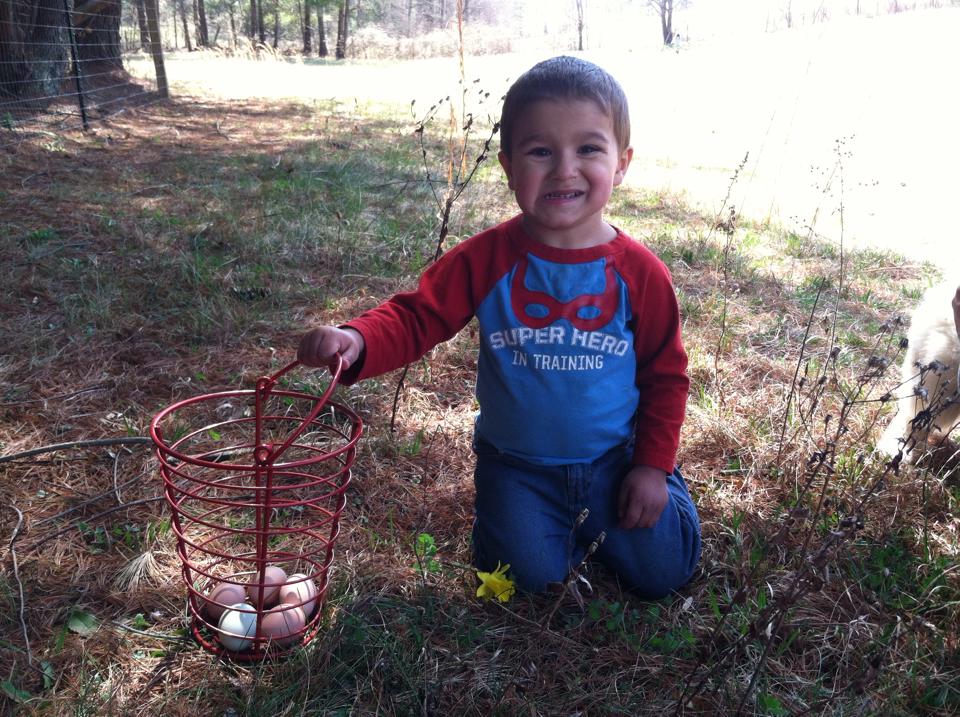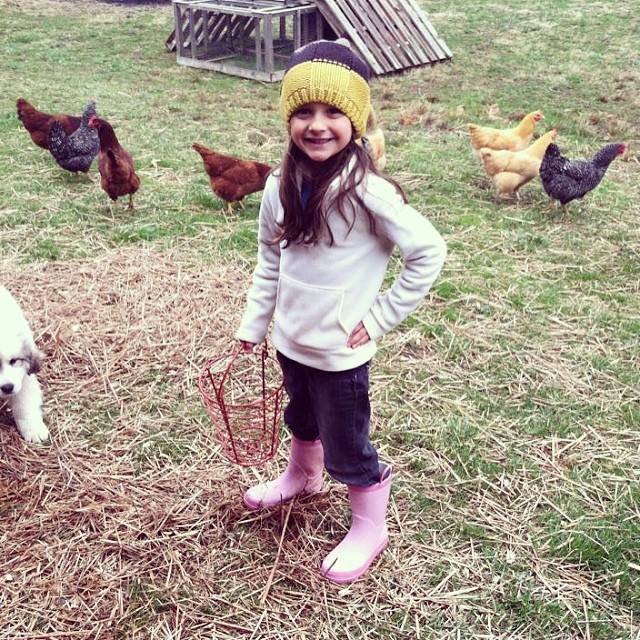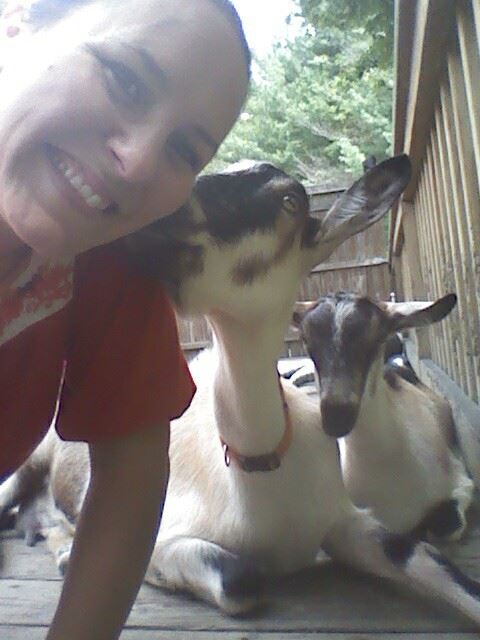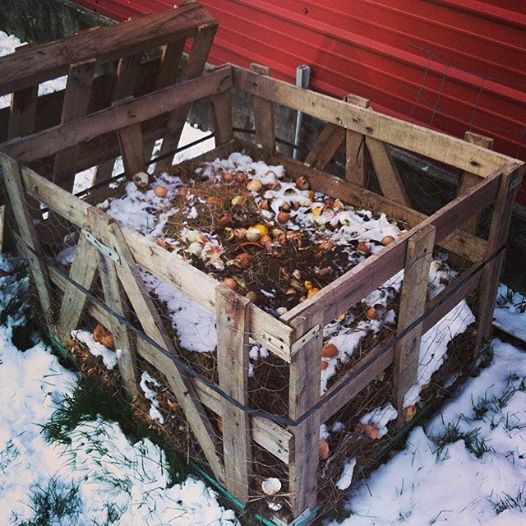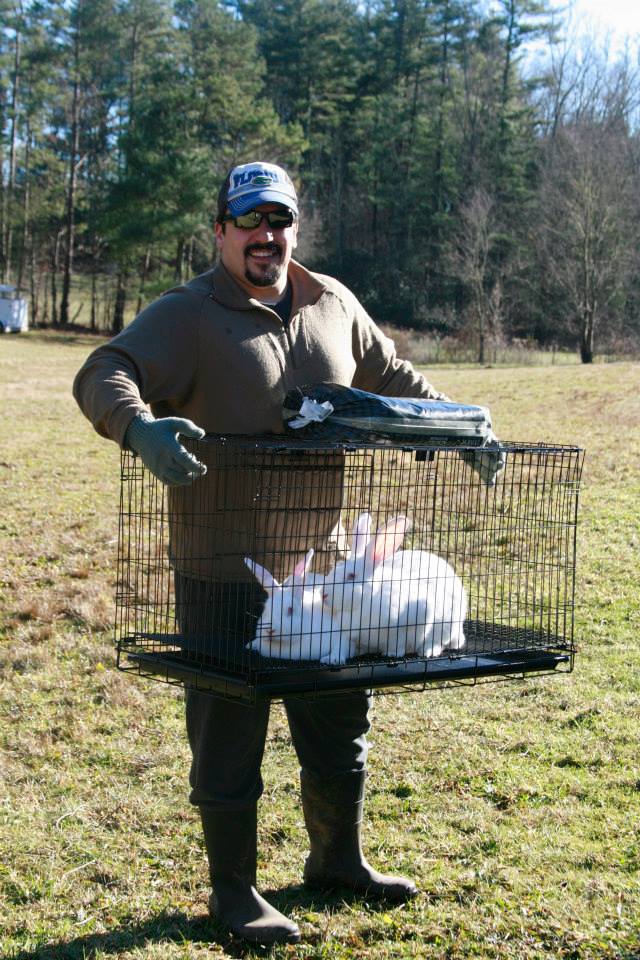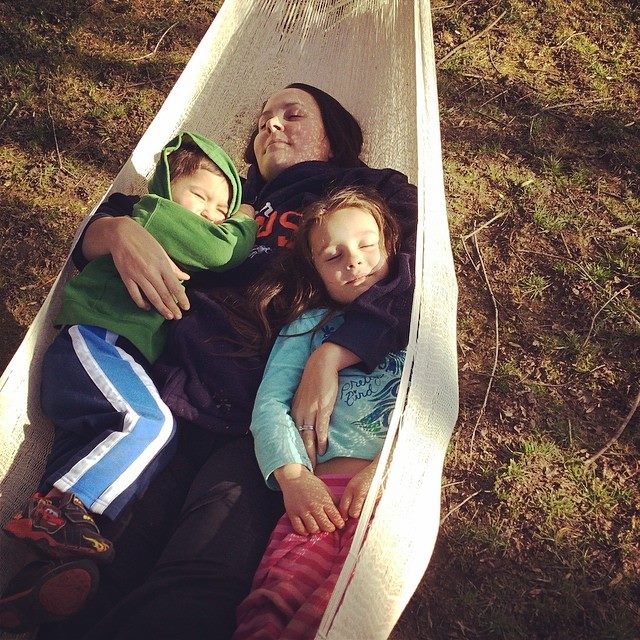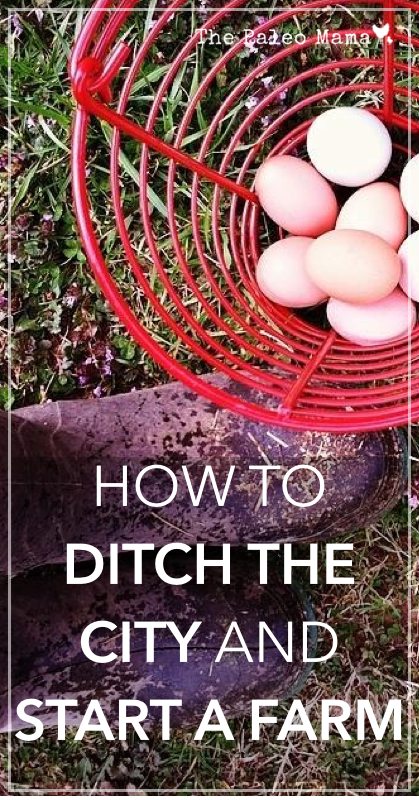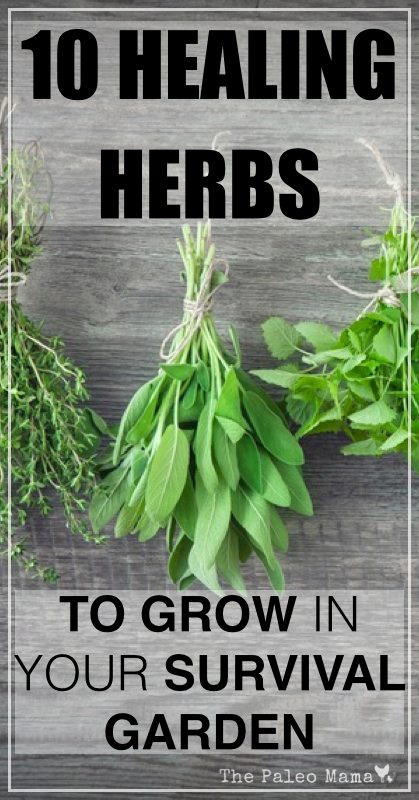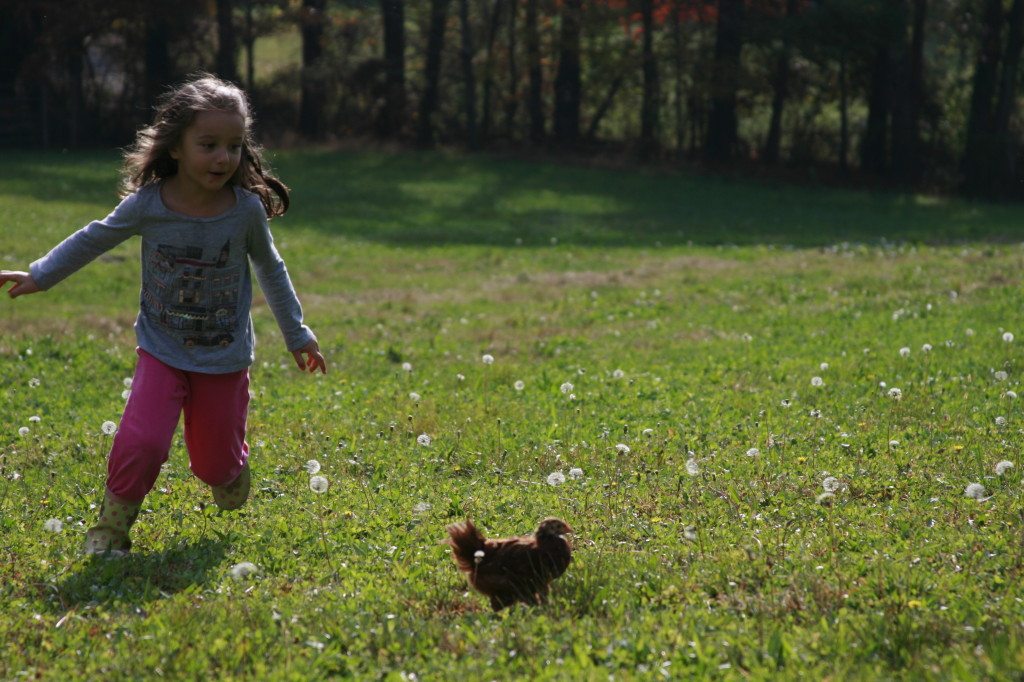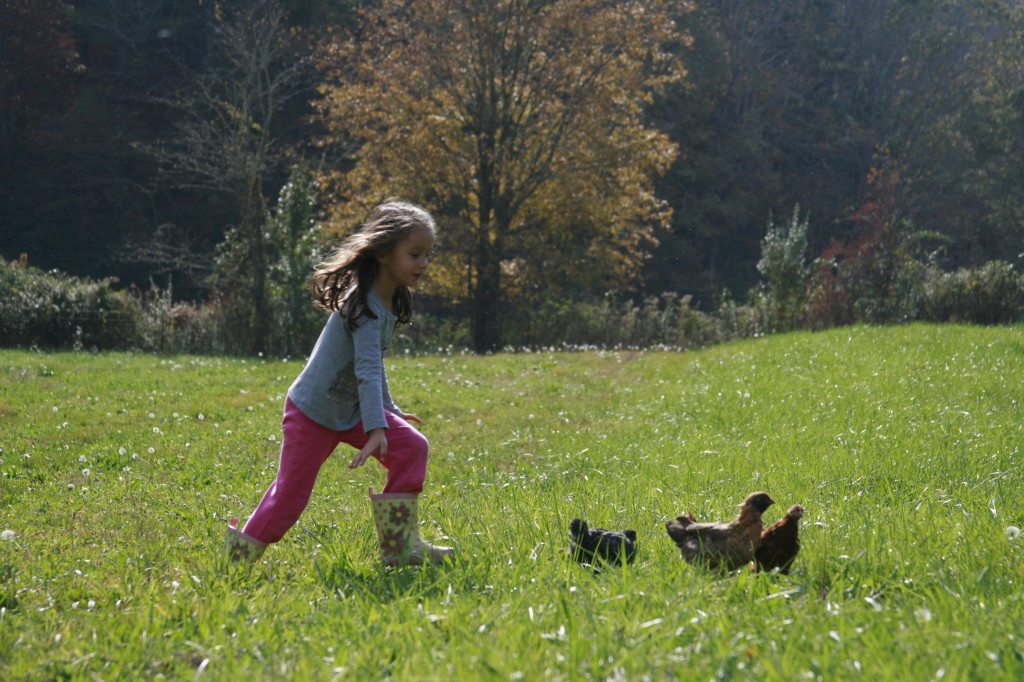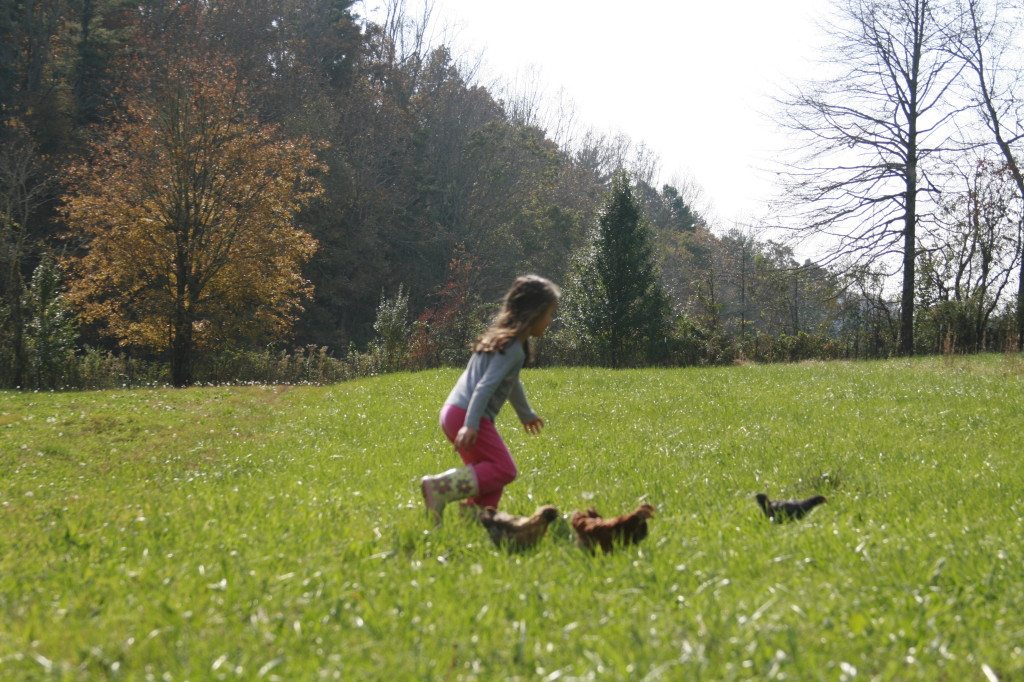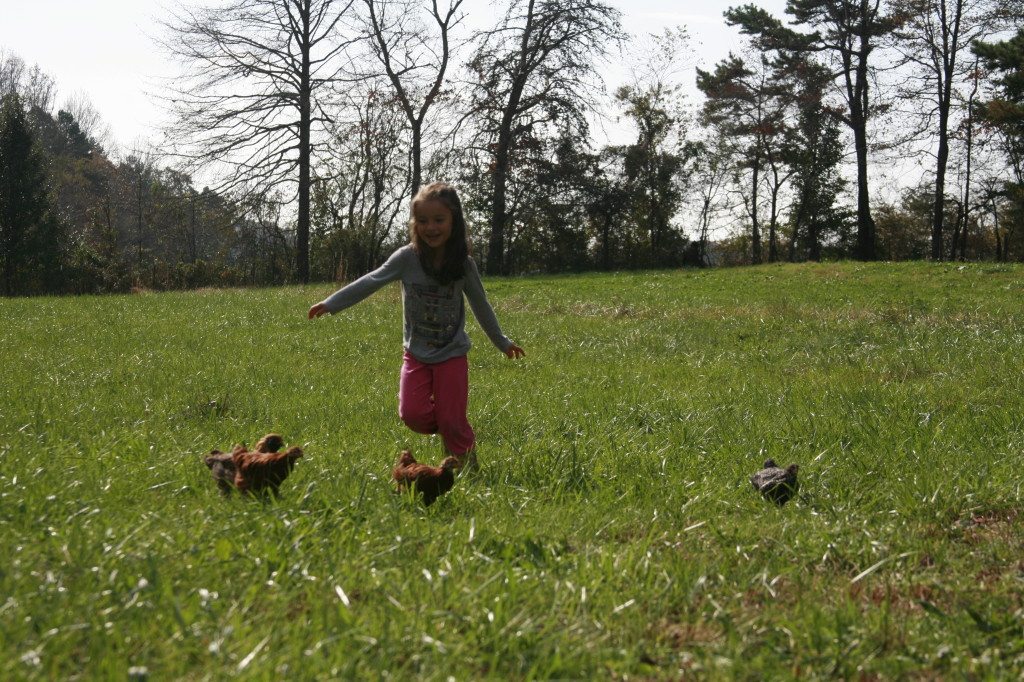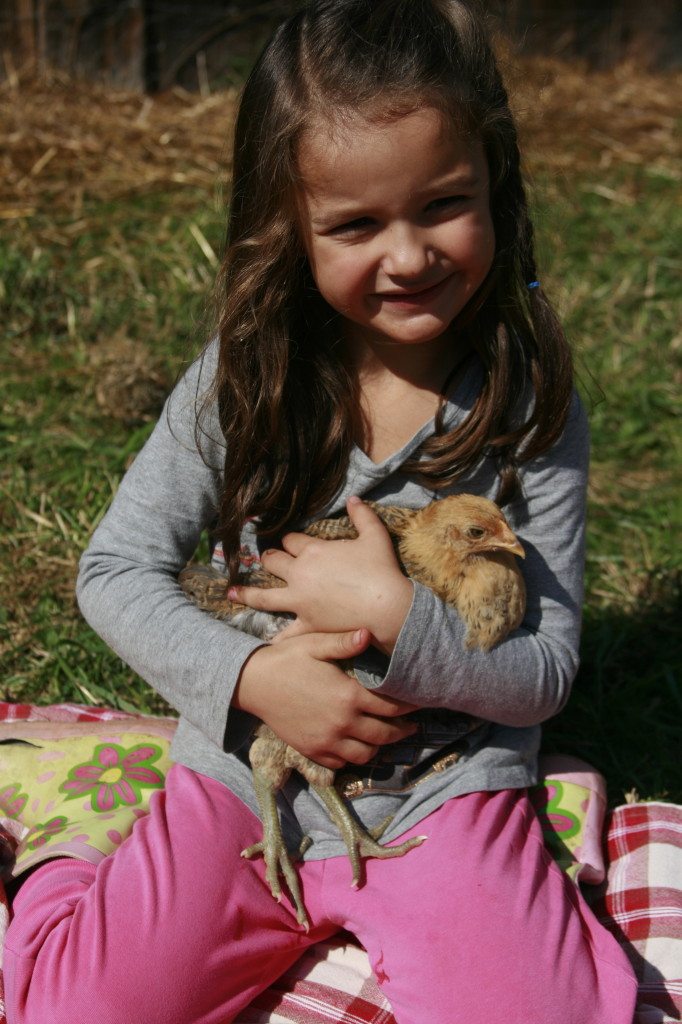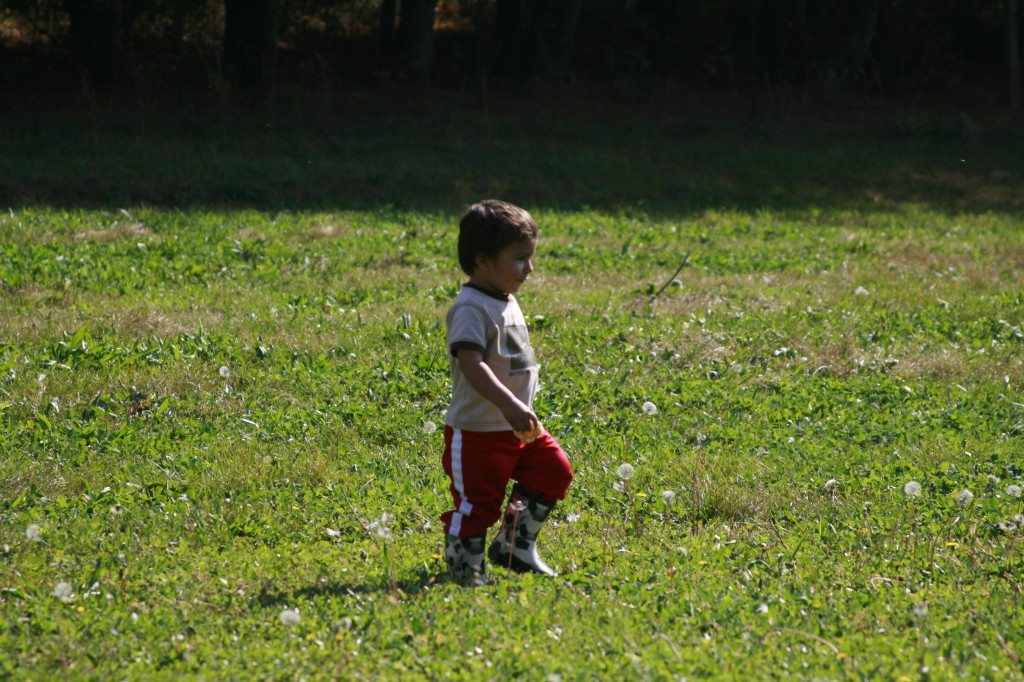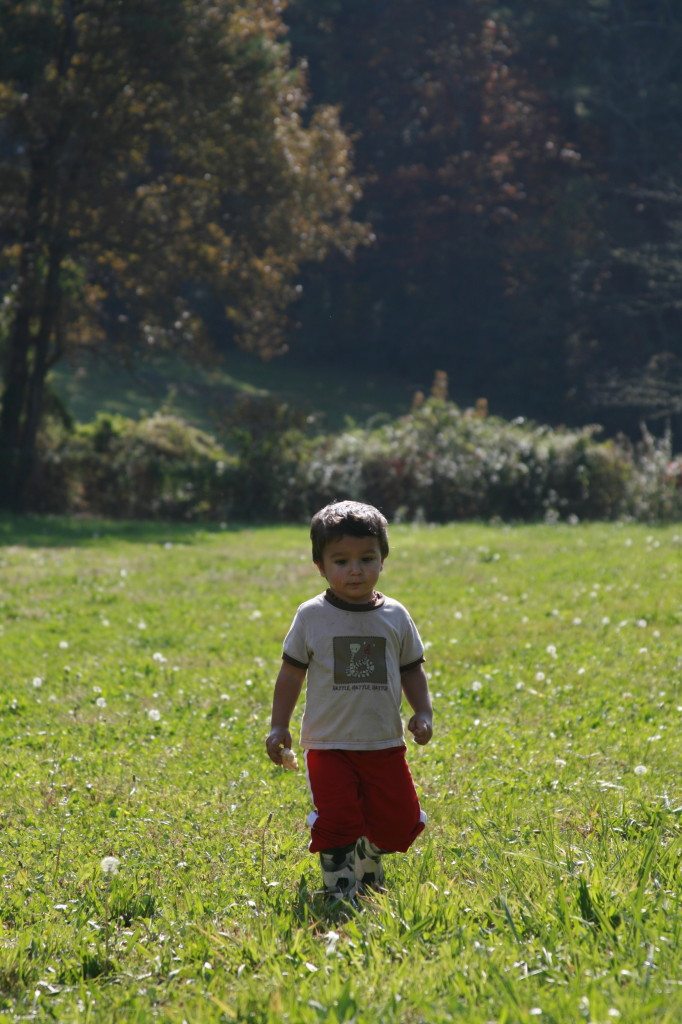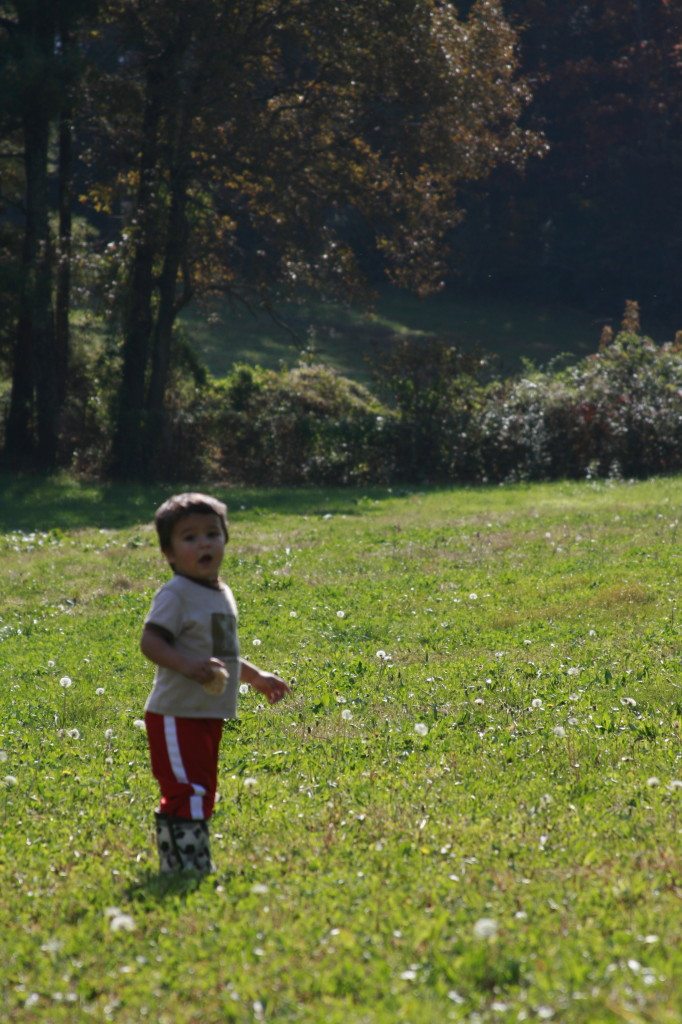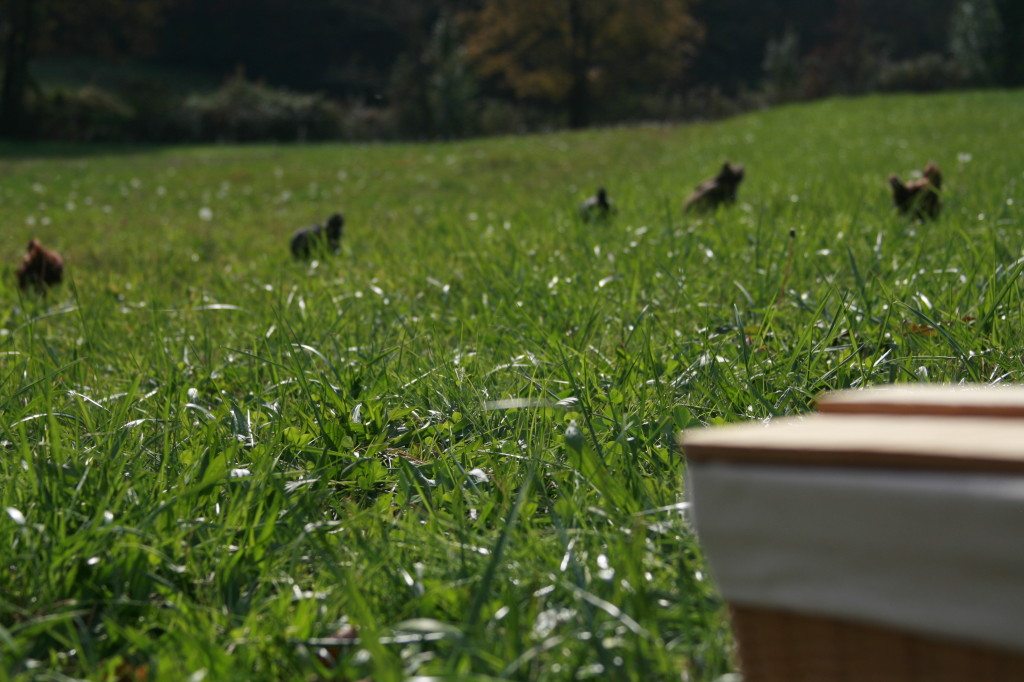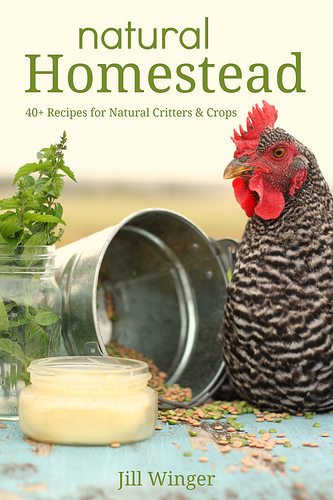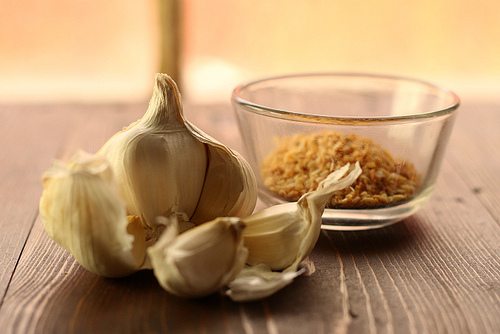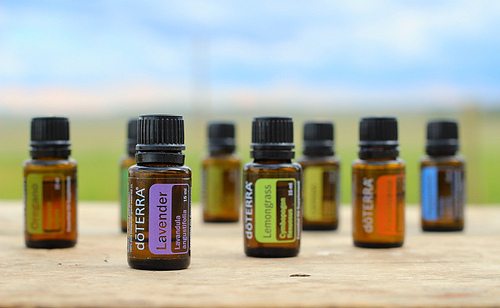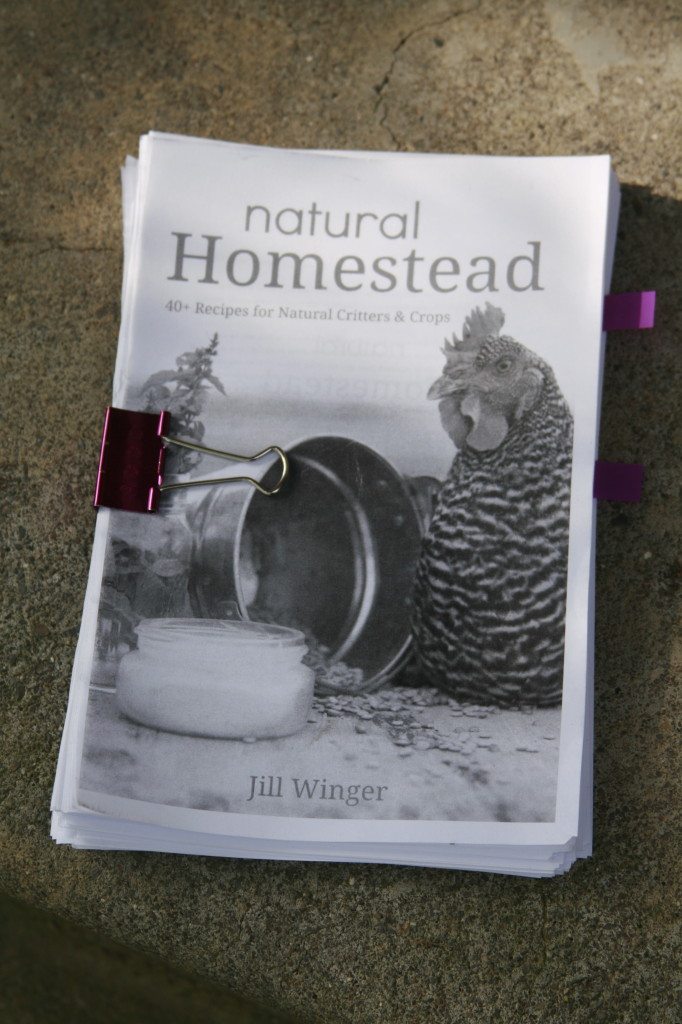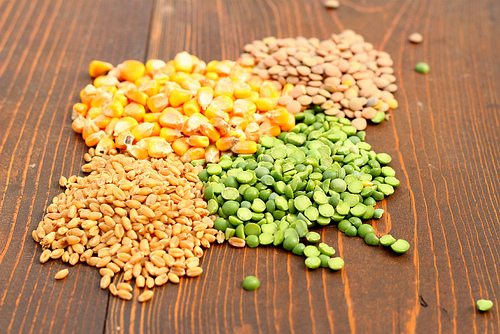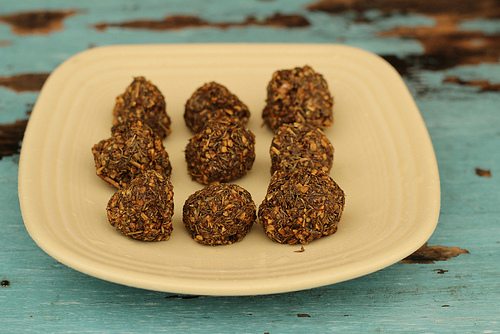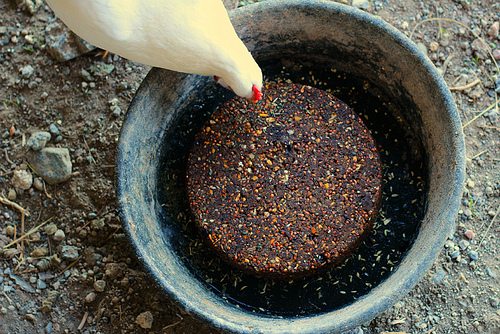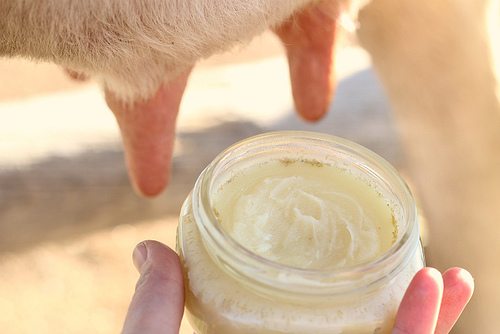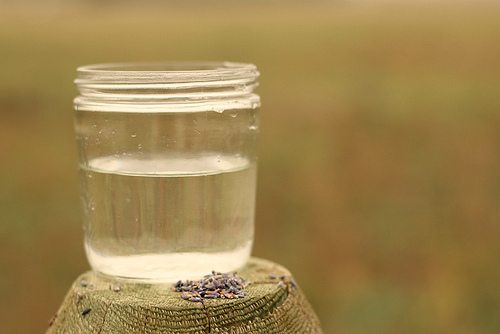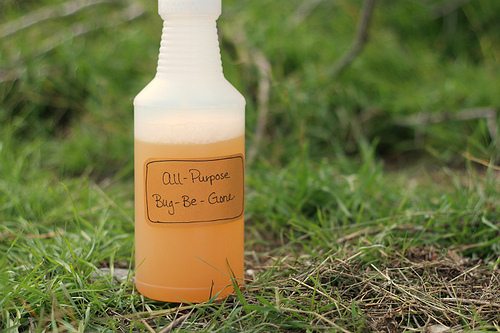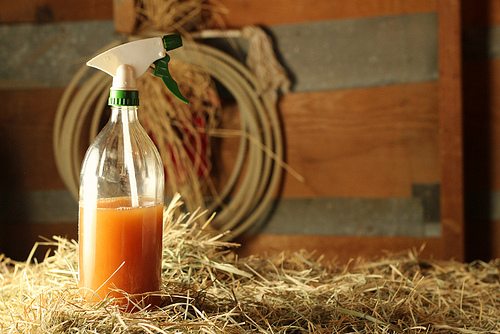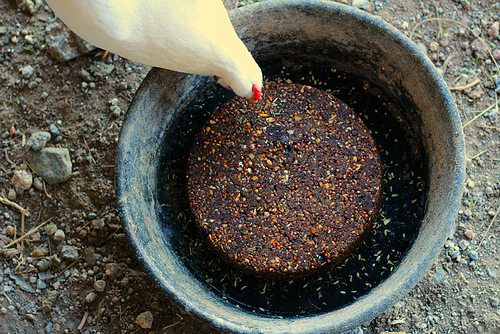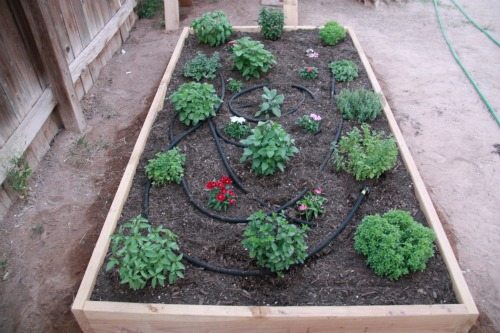More and more people are dissatisfied with their lives and are leaving the city for the country.
This is what I did 6 years ago. I had a deep longing for land of my own and a more slow-paced lifestyle.
My name is Jackie Ritz. I’m a mom, wife, blogger, farmer, herbalist, and author. Leaving the city for the country was a very difficult decision that my husband and I made in 2013…a decision that has transformed our lives and enriched us greatly.
We moved to this place, our farm, nestled away in the gorgeous region of Appalachia in North Carolina. When we started this homesteading lifestyle, we had no idea what we were doing! Through trial and error, this lifestyle has awakened something deep within me and brought out my creativity in many different ways.
I homeschool my children, write books, share content on my website, and craft various things from the materials our land and animals give me.
I’ve learned so much from this land, but most of all, I am incredibly grateful for all the I have. I have no other desires than to live out my life right here with my family, my farm animals, and my gardens.
As I crossed over into 2020, I really started to wonder how I could share this beautiful farm, my animals, and my lifestyle with the world in a more meaningful way.
And my thoughts kept coming back to YouTube. I could type all the descriptive words to share with you how beautiful my life is, but seeing it, is completely different.
So, here is my first relaunch video. I’ll be releasing a new video every week and I would love for you to share this journey with me. Next week I’ll be publishing a How to Make Elderberry Syrup video so make sure you are subscribed to see it!

